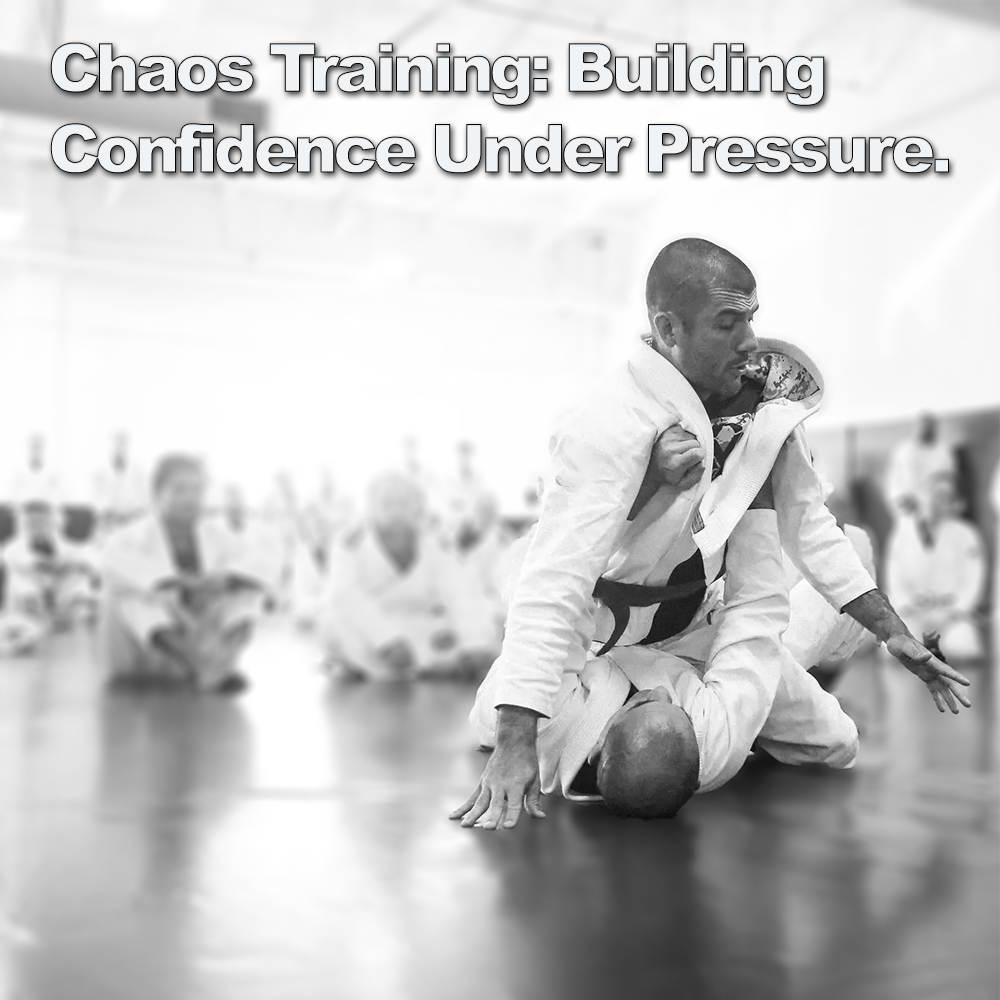
(2 minute read)
Some of the comments on my articles recently seem to be producing quite a range of interesting views.
.
One such comment seemed to suggest that the methods of pressure testing I mentioned in an article; – “to include in your practice pressure testing; unknown wild attacks, pushing, pulling, grabbing, verbal escalation, spitting and more.” – are akin to beating up a student and bullying them!
.
If you’re an instructor, it’s important you make sure that your students understand the material that you wish to teach them. It’s your job, to break it down, to find the terms to use, to make sure that your students understand the context, to understand the “why” and not just the “how”, you are doing something.
.
Just showing a technique without any real understanding, leads to a false sense of security, and ultimately failure, which could lead to a dangerous outcome.
.
If you are teaching self-defense – and I mean effective self-defense, not just giving it lip-service, showing an interpretation of a principle or technique should address a common act of violence, not just typical karate-ka vs karate-ka attacks and defenses.
.
Students should learn the differences between self-defense, sport and any other aspects of the particular martial art that you teach.
.
Pressure testing is a valuable tool that you MUST use, even if you are not teaching primarily for self-defense. It’s just as important in any sporting contest.
.
While pressure testing can seem intense, it’s a crucial part of karate training, far from “beating up” a student.
.
Think of it this way: in a real-world situation, attackers do not follow a script, you just don’t know what’s coming. Pressure testing exposes students to the chaos and unpredictability of a real attack in a safer environment. Including things I mentioned such as grabs, pushes, and verbal aggression. This helps them develop adaptability and to react effectively under pressure, adjusting techniques on the fly.
.
It helps to manage the adrenaline surge and staying calm in a tense situation, knowing that they maybe able to handle a wider range of situations.
.
Of course, safety is paramount. Pressure testing should be introduced gradually, with proper control and respect for each student’s level, age and fitness levels.
.
There are many different approaches to the martial arts, and whichever approach you teach, understand, truly understand, the differences. Don’t lay claim that the information you give to your students is the only way to do it and is effective in ALL situations for ALL students. Because the likelihood is, it will fail when your students need it most.
.
By laying the right foundation it is essential that each element is carefully taught and nurtured by the instructor, for all age groups….. and it begins at the beginning, with understanding context, understanding “why” and not just “how” they are doing something – and for goodness sake, add various types of pressure testing to your teaching.
.
It’s about controlling the stress, controlling the chaos, not bullying!
.
.
Photo Credit: Courtesy of Racquel Kussman (Gracie University)
